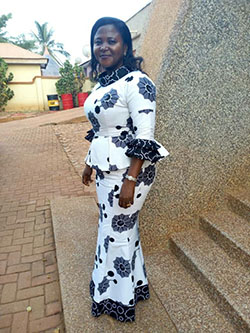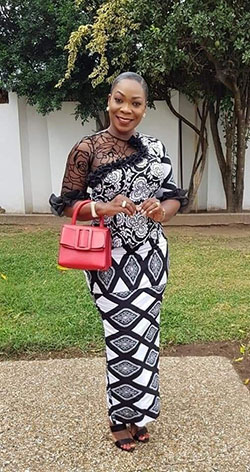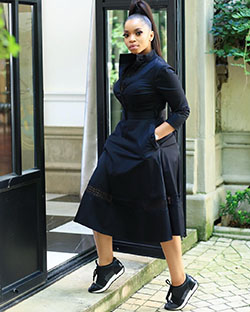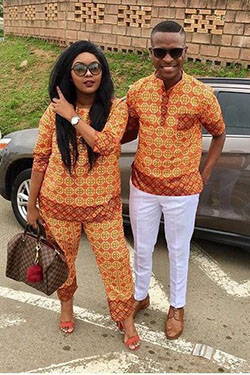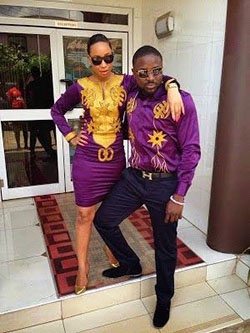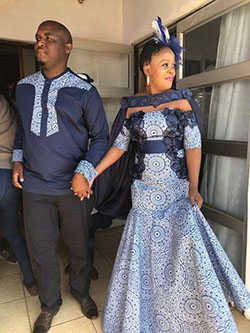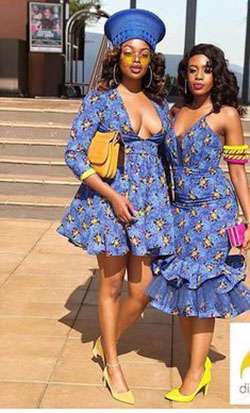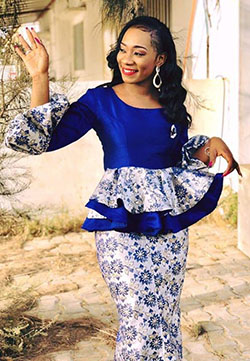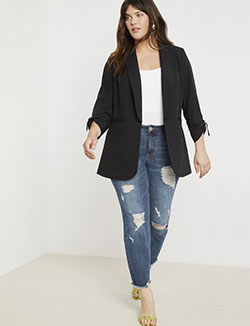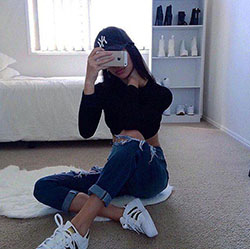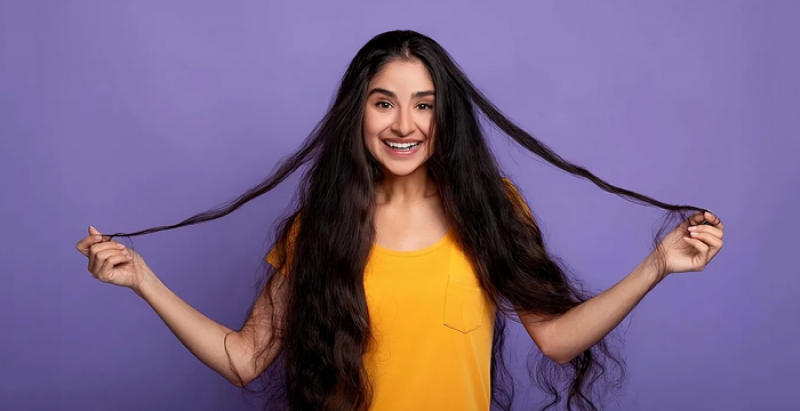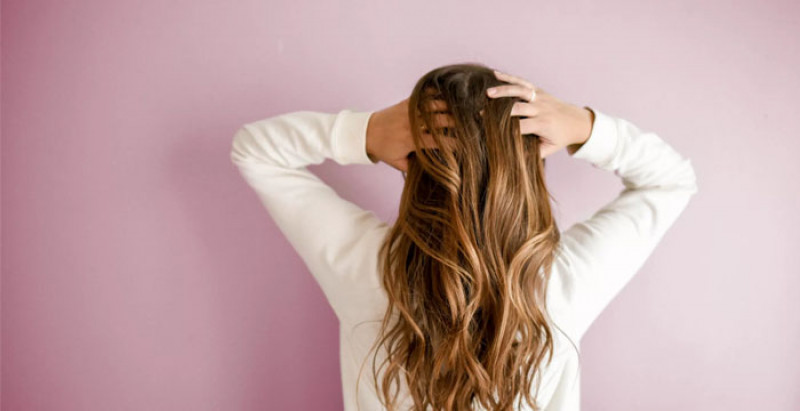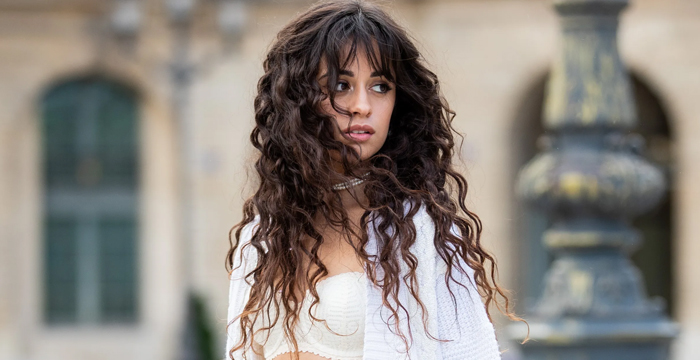
Perms have seen a lot of progress since their 80s glory days, thanks to cultural icons like Emma Stone and Julianne Hough leading to a revival in popularity. Modern hairstyling tools and practices have made it possible to go beyond the days when your hair type was the only thing that determined whether you could get perms. There are many different types of perms available today, including the body wave, beach wave, and spiral.
We've compiled the top perm styles to help you keep up with the latest trend.
What is a perm?
Perms are chemically-based hairstyles that alter the texture of hair. They can be permanent or semi-permanent. Perms alter the structure of hair using heat and chemicals to dissolve the bonds that control your natural hair texture, such as straightening or curling. Perm styling takes approximately two to three hours. Make sure to schedule an appointment before you go to the salon.
Perms have been around for over 100 years. However, new perms seem to appear every few years. Modern versions of the old style are making it fashionable again. Modern perms are a result of stylists' improvements on older styles. They offer a variety of options depending on how you want your curls or waves to look.
Different types of perms
Most people associate perm with the 70s and 80s eras of thick, voluminous perms. The times have changed and there are many different kinds of perms available. This is why the style is making an appearance again. There's a perm for every hair type, no matter how long or short it is.
These are the most in-demand and popular types of perms:
Body Wave Perm
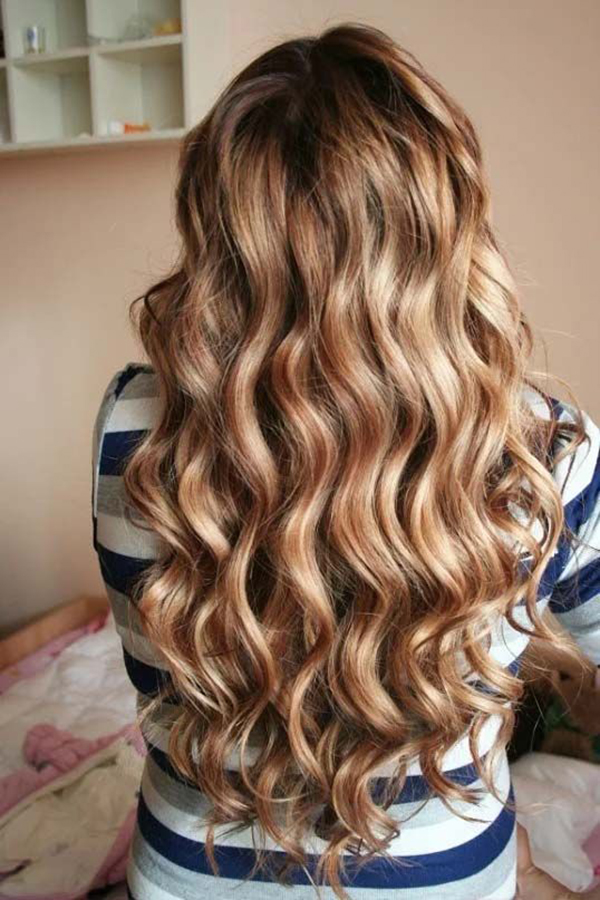
People who desire to volume and natural curls to their hair are attracted to body wave perms. The body wave perm gives your hair a more relaxed look by creating looser, larger waves with large rollers. This is an excellent option for those with straight hair who don't normally curl. A body wave curl can last between three and five months.
Perm for beach waves
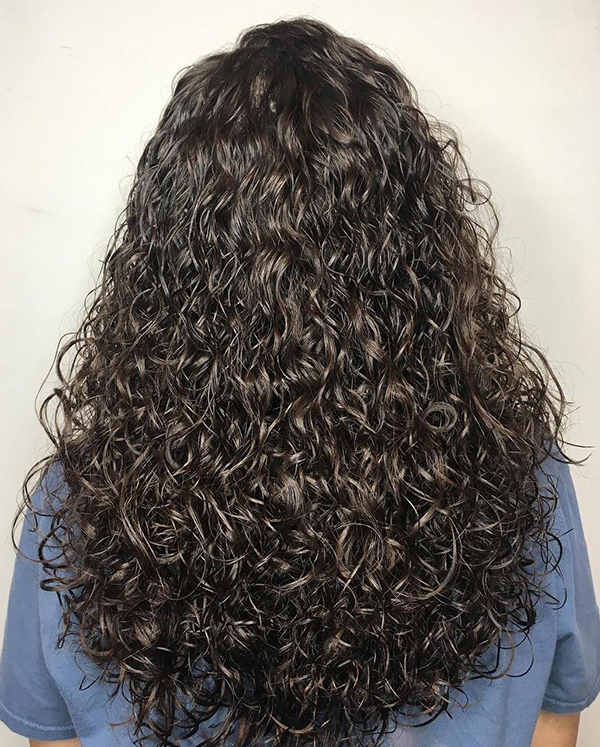
The beach wave perm does exactly what it says: it creates waves that look like you just got back from the beach, but without all the hassles of salt water or sand. This look is popular because it's easy to achieve a natural, loose style that looks both minimally messy and manageable. Your stylist will use soft, spongey, rather than traditional perm rods to achieve this look. A beach wave perm is typically four months in length.
Digital perm
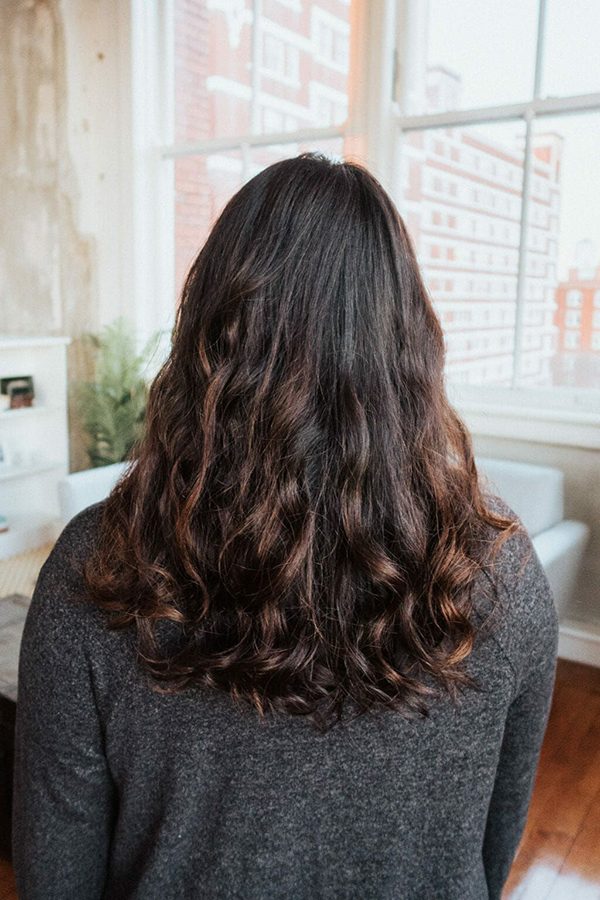
Digital perm is Japan’s most popular hairstyle and it has been embraced by many countries. The "digital" comes from the use of infrared heat through temperature-controlled rods to create loose waves and natural volume on top of tight hair ringlets. Gentle chemicals are also used to condition and repair hair molecules where heat is used.
Pin curl perm
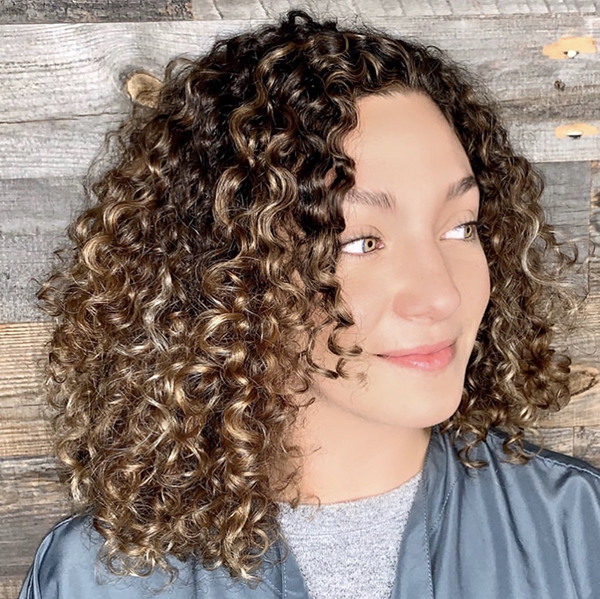
Pin curl perms are great for short hair. This combination uses pins and curlers to create loose, bouncy curls to movement to your hair. The size of the curlers used will affect the looseness and tightness of your curls. This type of perm does not use chemicals, but it can reduce the style's lifespan by about three to six months.
Perms - Spot or partial
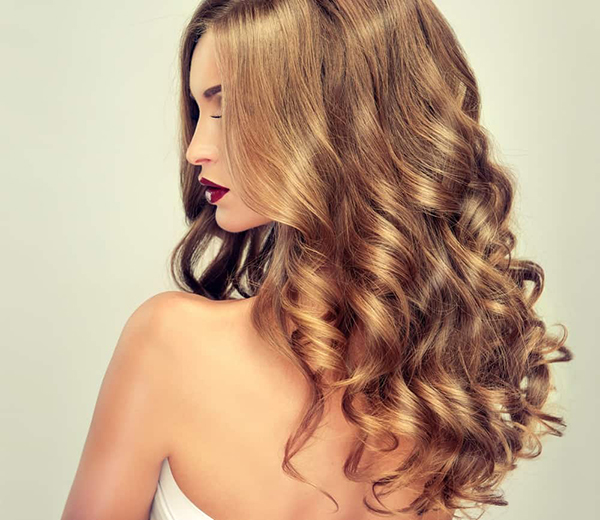
Spot perms are also known as partial perms. This is because they only perm a section of the hair, not the whole head. Spot perms are used to increase volume, cover small areas, or create uniformity if your hair has a curled one side. The hair is relaxed using chemicals. It is then wrapped around a perm rod that can vary depending on the result desired. Your stylist will help you decide which areas should be permed and which areas should be left alone to blend the result with your natural hair. Spot perms can last for many years so make sure to ask your stylist when the next touch-up is needed.
Root perm
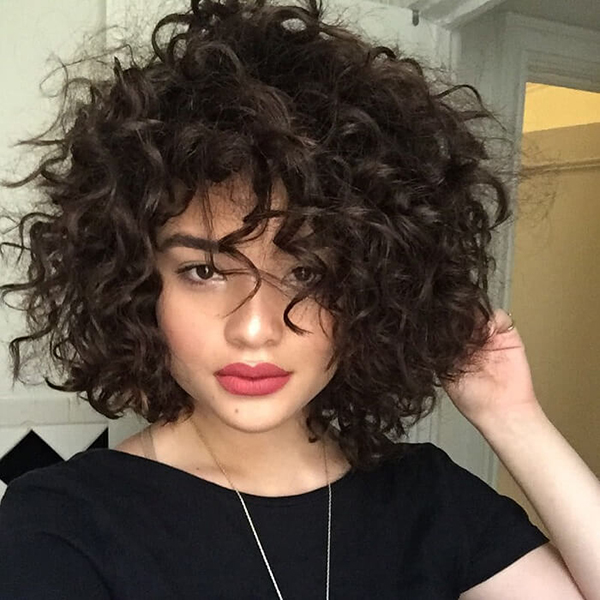
Root perms can be described as spot perm that are performed at the roots. They are usually done within two to four inches of the scalp. Root perms volume and lift to hair, and if your hair has been permed previously, it won't the rest of the hair. Root perms require very little maintenance and last for about a month. You'll need to return to the salon for frequent touch-ups.
Stack perm

Another variation on a partial perm is the stack perm. This perm does not focus on the roots but instead concentrates on the middle and lower hair sections. This is great for creating layers and adding volume. To seamlessly blend your hair's natural curls and waves with the rods, you can use different sizes of rods on the lower and middle sections. This is similar to other partial perms. However, it requires little maintenance and can last up to five months.
Perms with multiple textures
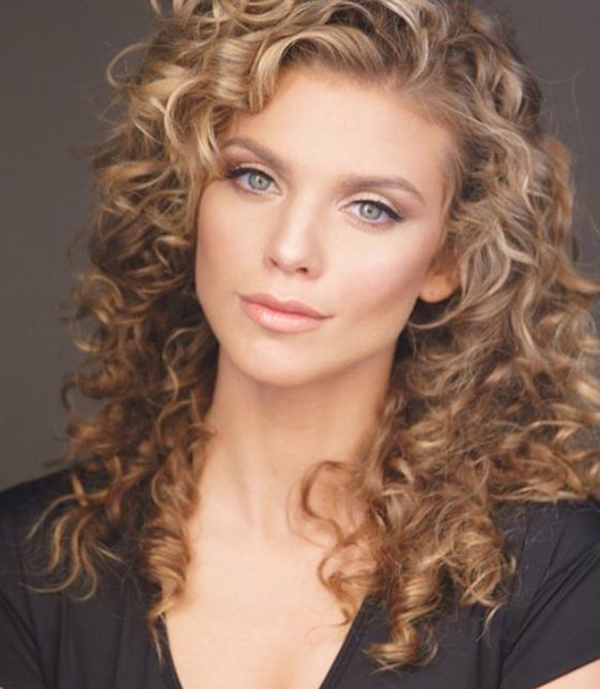
Multi-textured perm can be used to create natural-looking curls with varying textures. Your stylist will use different-sized rolls and rods to create loose and tight curls. The result is a layered look that closely matches natural curls, which can vary in tightness. This style works best for medium-length hair. It can last for several months, depending on which variations you choose.
Volumizing perm
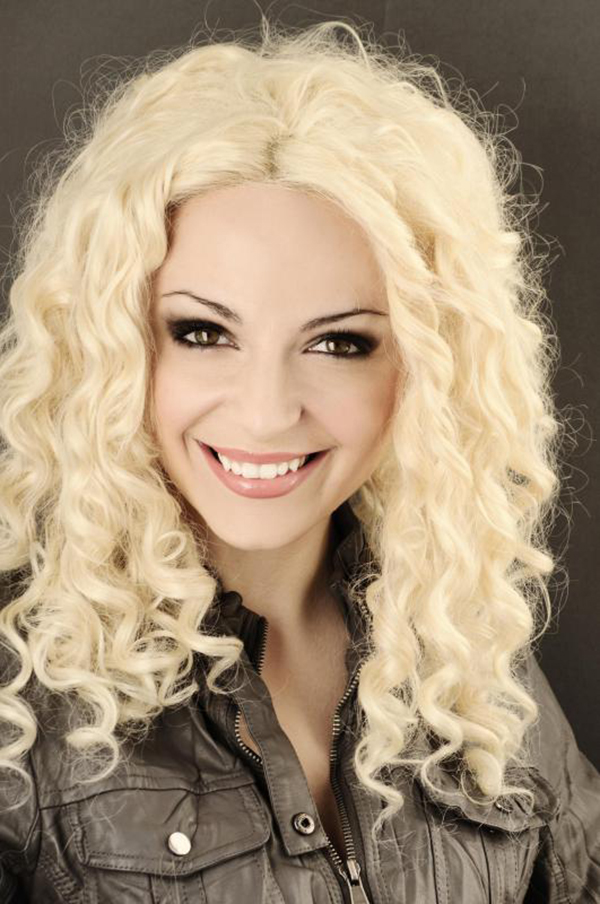
To create volume, a volumizing perm blends loose curls with waves. This perm is great for all hair types and lengths. It's also recommended for people with short or thin hair. You can achieve a volumizing perm by using multiple sizes of rods. After removing the rods, apply a neutralizer to loosen curls and create relaxed waves. Although volumizing perms are the most affordable, they last only six weeks and will need to be reapplied every so often.
Straight perm
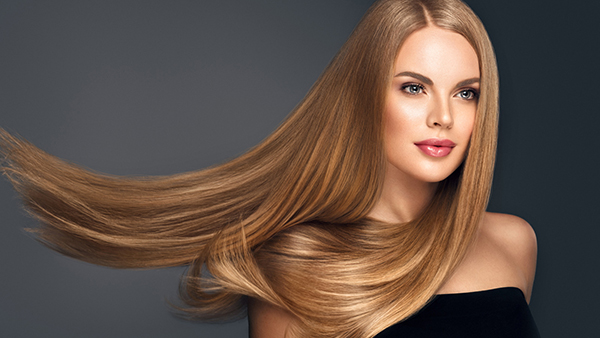
This style is best for people who have curly hair already or those who have had it permed. A Japanese style of perm, also known as a "reverse perm", is a Japanese style that uses heat (often with a flat ) to straighten hair. Straight perms last for a long time, which is why many people choose this method over other hair-straightening methods. Straight perms require little maintenance, but they can be done every six to seven months. The treatment takes six to eight hours. Straight perms can cause severe hair so be sure to take good care of your hair.

